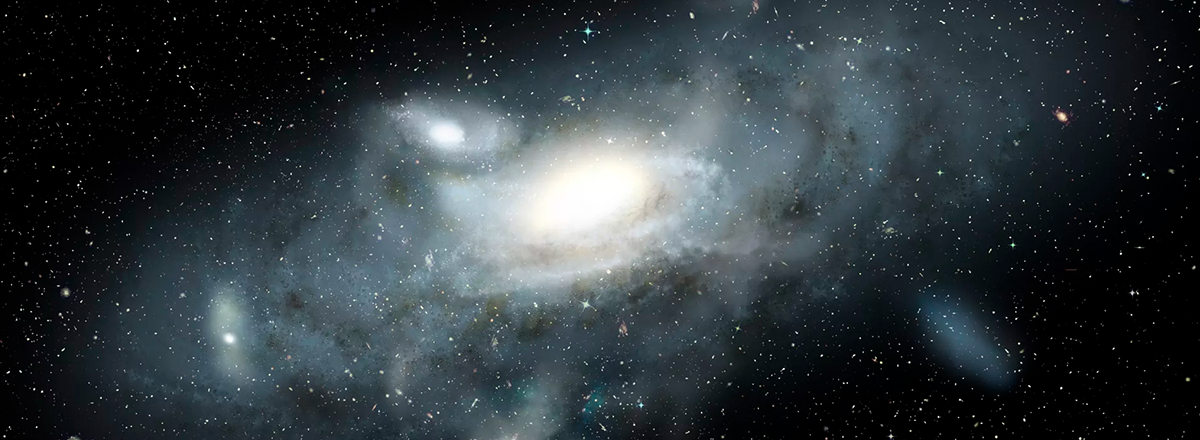Astronomers Discover a "Mirror Image" of the Milky Way from Billions of Years Ago
Using the James Webb Space Telescope, astronomers have discovered a galaxy that looks very similar to our Milky Way in its early stages of evolution. It was named the Sparkler because almost two dozen glittering globular clusters orbit it.

Using the James Webb Space Telescope, astronomers found a galaxy that is almost a mirror image of our Milky Way from billions of years ago.
Named the Sparkler, the galaxy is home to approximately two dozen glittering globular clusters with ancient stars orbiting around it. It is estimated that each of these clusters may contain up to a million stars.
There are also several dwarf galaxies around the Sparkler being swallowed up by it. This is reminiscent of the early stage of the Milky Way, which also absorbed smaller galaxies around it.
The telescope image shows what the Sparkler looked like when the universe was only four billion years old or about a third of the universe's present age. It means that this galaxy began forming very early in cosmic history, just like our Milky Way.
The Sparkler galaxy is currently just 3% the mass of our galaxy. However, if it continues to grow like Milky Way did through galaxy acquisitions and mergers, in about nine billion years, the Sparkler may look very similar to the modern Milky Way.
The discovery will help astronomers understand how the Milky Way once evolved.

